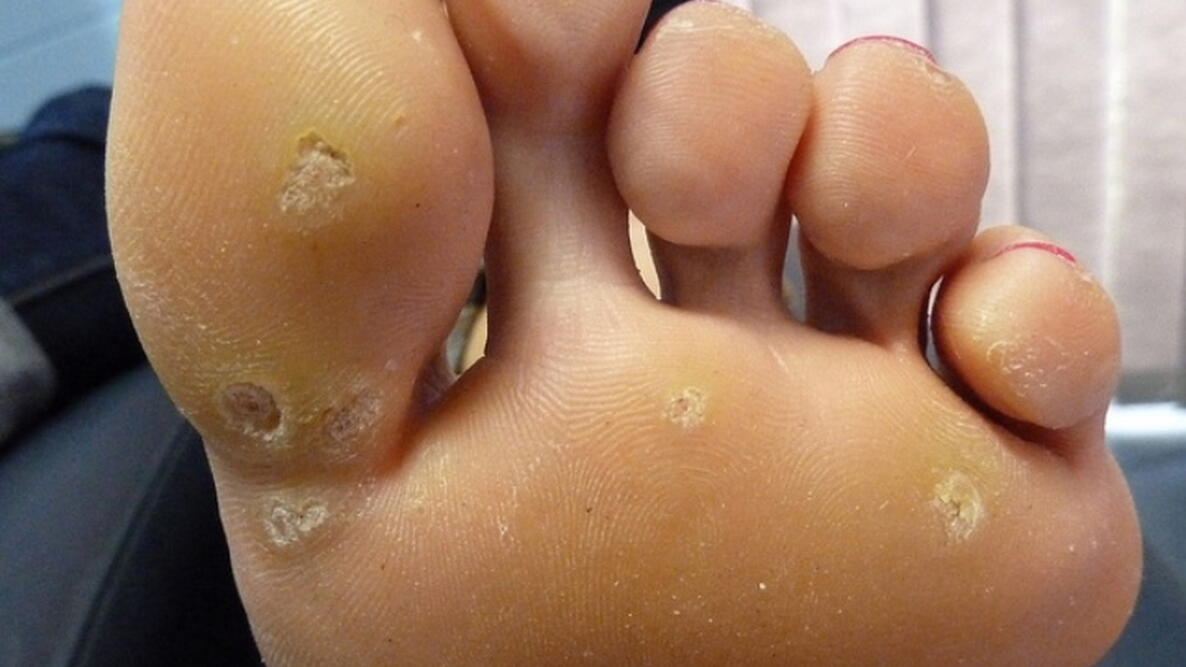
Photo Credit
Happyfeet34. Some rights reserved.
More Like This
I am a physical therapist and have treated several people including my brother who have plantar warts. Several sessions of ultrasound (US), 1.0 Watts/ CM2 for 6-8 minutes pulsed, 1-3 time a week usually is enough to kill the virus. US heats the tissue and kills the virus. A study was done years ago and recommended this treatment. When I read the article I tried it on my brother and a friend's son. Warts were gone in 4-6 weeks.
Very interesting, Bill. I looked at clinical abstracts for use of ultrasound to treat plantar warts and found conflicting evidence. Can you cite the study you referenced? Also, have you checked with your two patients to learn if the warts have returned?
I've had a lot pf physical therapy and deeply value the profession, not only for the therapy and education my PTs have offered, but also for their diagnostic skills.
Yet 4-6 weeks of 1-3 ultrasound treatments/week would prove very expensive for people without top-notch health insurance. Plus, the patient would need a referral from his/her primary care professional. I assume the cost would keep many people from seeking this therapy for their warts.
I had a plantar wart that lasted 40 years and nothing got rid of it. I had it surgically removed 2 times and it came back both times. The only way I finally got rid of it was that my doctor prescribed formaldehyde that was to be applied to the wart every day until it fell off. I had to surround the wart with vaseline each time I put the formaldehyde on it and cover the wart with a bandage. I was so relieved to get rid of it finally. If try this, you must be very careful as formaldehyde can be dangerous. The first pharmacy I tried to buy it from refused to sell it to me.
I'm surprised you didn't mention having them frozen off by medical people, that's how mine finally went away forever. I got mine in the military and they were very painful, but after a few sessions of painful freezing they never came back. I too dug at them with sharp blades, they were so deep. Margaret could you please do an article on hirsutism (hairiness in women, very embarrassing), it gets worse every day for me.
Margaret, please suggest that the lady who asked for an article on this subject consult with her gynecologist immediately. As a Nurse Practitioner, I send women with this problem to their GYNs for treatment as it is caused by hormonal imbalance and strongly linked to a condition called polycystic ovarian syndrome (POS). This cannot be cured or treated without medical work-up and prescription medications. While I do a lot of holistic work in my practice, this one condition I leave to their gynecologists.










Comments